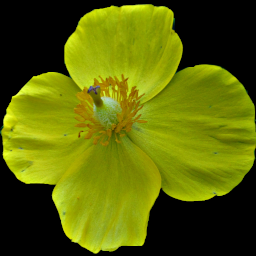Ground Ivy, Creeping Charlie, or Gill-Over-the-Ground, is a foreign invader, and for grass purists it’s a hated broadleaf weed. It is, however, easy to get along with. It smells minty fresh when you mow it, and it produces these stunningly beautiful flowers in the spring. This colony was growing in a lawn in Mount Lebanon, where it was blooming in late May.
The pictures in this particular article have been donated to Wikimedia Commons under the Creative Commons CC0 1.0 Universal Public Domain Dedication. No permission is needed to use them for any purpose.
Gray places this in the genus Nepeta:
NEPETA L. CAT MINT. Calyx tubular, often incurved. Corolla dilated in the throat; the upper lip erect, rather concave, notched or 2-cleft; the lower 3-cleft, the middle lobe largest, either 2-lobed or entire. —Perennial herbs. (The Latin name, thought to be derived from Nepete, an Etruscan city.)
N. hederacea (L.) Trevisan. (GROUND IVY, GILL-OVER-THE-GROUND.) Creeping and trailing; leaves petioled, round-kidney-shaped, crenate, green both sides; corolla thrice the length of the calyx, light blue. (Glecoma L.; Glechoma Benth.) Damp or shady places, near towns—May-July. (Nat. from Eu.)










 Obviously this is one of our favorite flowers, since this is its third time being featured here. (More pictures are
Obviously this is one of our favorite flowers, since this is its third time being featured here. (More pictures are 
